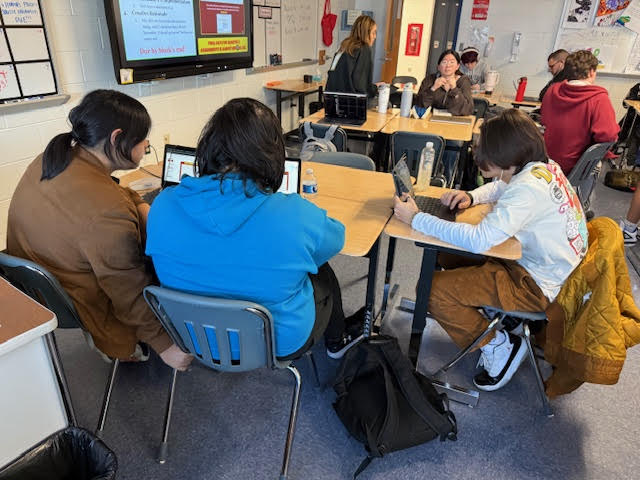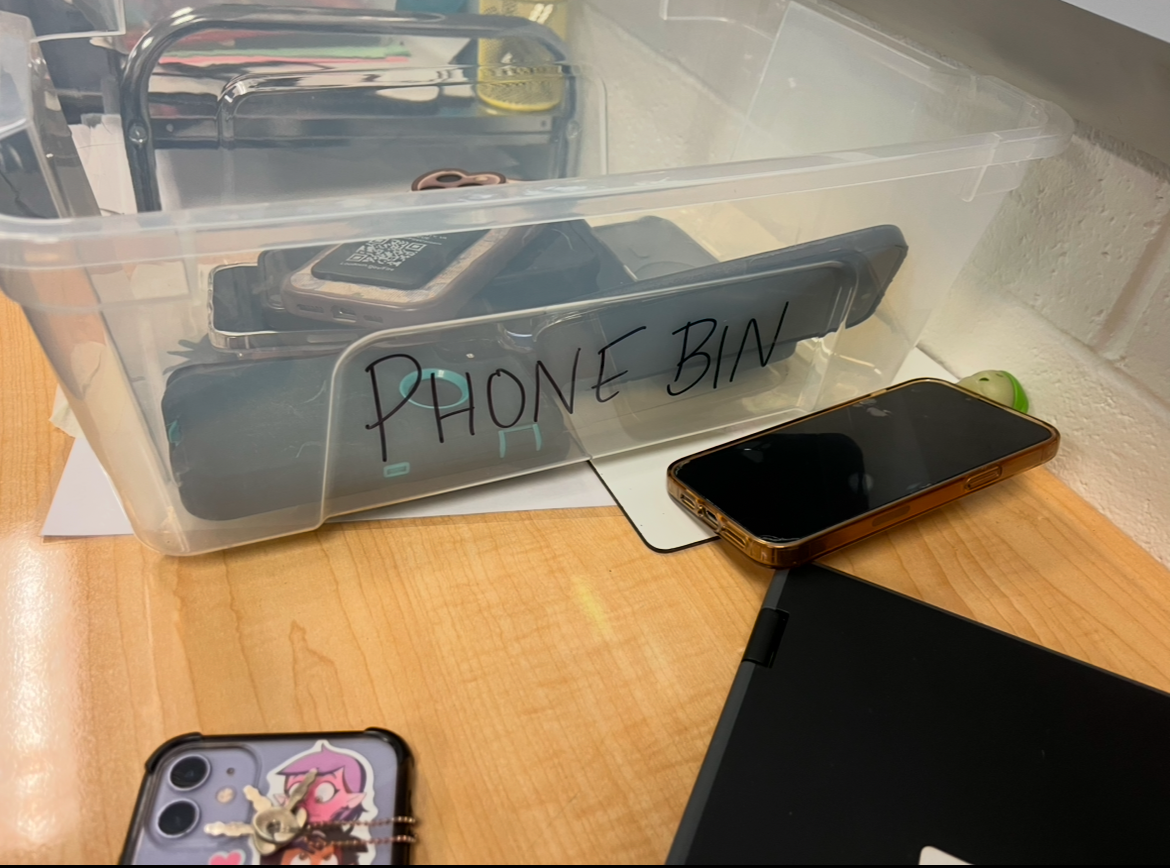
As winter temperatures drop, cases of pneumonia begin to rise. Babies and children aged two years and younger, as well as older adults aged 65 and older, are at higher risk for pneumonia due to their developing or weakened immune systems. However, teenagers and young adults, such as high schoolers and teachers, can also become infected.
Pneumonia is most commonly associated with infections that follow a cold (caused by rhinovirus) or flu (influenza). It involves inflammation of the air sacs in one or both lungs, which can fill with fluid. Most pneumonia cases are caused by bacteria, viruses, or fungi that enter the immune system. Antibiotics are often used to treat the infection by targeting the bacteria in the lungs, helping to prevent further complications and worsening of symptoms.
Some symptoms of pneumonia include:
- Fevers
- Coughs that can have yellow, green, or bloody mucus
- Chest and back pain on the lung area
- Shortness of breath
- Rapid breathing
- Low energy, no appetite, tiredness
As students at Champe approach the end of the year, there are several steps they can take to protect themselves from pneumonia:
- Maintain good hygiene
- Quit smoking or vaping
- Eat a healthy diet
- Get enough sleep
- Engage in regular exercise
These practices can significantly reduce the risk of contracting pneumonia.
“Pneumonia is serious man, I had two of my buddies get it last year and it was not a good sight to see.” junior Arav Singh said. “I’m lucky to have not ever gotten it, but I wouldn’t wait until the last-minute to go see a doctor for help.”






























